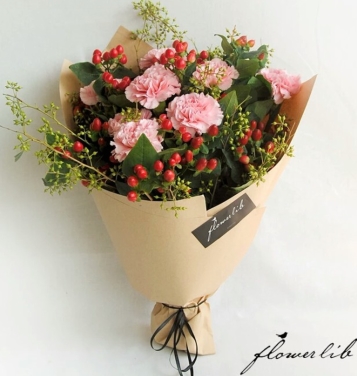Green flowers, how to breed paulownia
Dear friends, have you ever seen Datong Tong? the editor thinks that he is also a very good factory. Look, this is a picture of Datong. How about it? it's very beautiful. He also has a name called snow mud. I don't know how much he knows about him. Let's take a look at the editor.
Breeding methods of macrococci:
1. Planting and propagation of paulownia
Yellow sandalwood can sow and reproduce. It can be used in spring and autumn. Soak the seeds for 24 hours before sowing to promote germination. Culture soil mixed with humus, vegetable garden soil, and fine sand in a shallow basin or wooden box. After leveling the soil, spread the seeds evenly. After wetting at the bottom of the basin, the top is covered with glass. The seedlings emerged after about 10 days under the humidity of 18-20 ℃. After it appears, let it gradually see the sun. When the seedlings grow 3-4 true leaves, plant them in a small pot.
2. Reproductive reproduction of Dendrobium.
Echinococci can be propagated by ball division. Choose dormant 2-to 3-year-old bulbs. In autumn or from December to March of the following year, the soil was first immersed in the soil and kept at 22 ℃ for germination. When the bud grows to about 0.5 cm, dig out the ball and cut the ball into 2 to 4 pieces with a sharp knife. Each knife must have a bud and the cut is coated with ash to prevent decay. Each plant has a pot to form a new plant.
3. Insertion and propagation of giant rock branches
Branching and breeding methods are also common breeding methods of Pinus sylvestris var. mongolica. These branches often sprout on the stems of Pinus sylvestris var. mongolica. When cutting, cut 2-3 cm long and insert into fine sand or expanded perlite matrix. Pay attention to the shade to avoid sunlight. Keep the room temperature at 18-20 °C and the root for 15 days.
Leaf insertion and propagation of Populus euphratica
The growth of leaves of Pinus sylvestris var. mongolica is to select the leaves with strong growth and development, and the leaves are taken out from the petiole. Cut the leaf in half, insert the petiole obliquely into the wet sand substrate, cover and cover it with glass, and keep it at 25 ℃ at room temperature and high air humidity for 20 days after insertion at the base of the petiole to produce healing tissue, and grow into a small basin after moving into a small basin. In the same year, only small bulbs are formed, and new branches are issued from the bulbs after dormancy. After a period of cultivation, from June to July, the flowers bloomed.
5. Insert and propagate giant rock buds
Bud insertion is also a common breeding method of Pinus sylvestris var. mongolica. It usually takes place in the spring, and when the light bulb germinates from 4cm to 6cm, the extra seedlings germinated from the base are inserted into the sand bed and maintain a certain amount of humidity. After a period of cultivation, it blossomed from June to July.
Yellow sandalwood has strong growth ability and can use many breeding methods. It's also easy to feed. It also has several pots of paulownia flowers. It is believed to have a good effect.
Time: 2019-05-12 Click:
- Prev

Green flowers, how to breed rosemary
How to raise rosemary? Breeding sites and cultivation methods of Rosemary Rosemary is a common herb that emits a pleasant aroma and enhances memory and freshness. At the same time, rosemary has good industrial value, medicinal value and edible value, so it has attracted many friends to plant it.
- Next

Carnations are sent to patients, depending on how many carnations the patients send.
The carnation is beautiful and fragrant, has a long flowering period, and is suitable for all kinds of flower arrangement. It usually consists of beautiful bouquets of gladiolus, asparagus, asparagus and ferns. This exquisite, exquisite, elegant, dignified, generous, quiet flower can be used not only for mothers, but also for patients when visiting their illness. Below
Related
- Fuxing push coffee new agricultural production and marketing class: lack of small-scale processing plants
- Jujube rice field leisure farm deep ploughing Yilan for five years to create a space for organic food and play
- Nongyu Farm-A trial of organic papaya for brave women with advanced technology
- Four points for attention in the prevention and control of diseases and insect pests of edible fungi
- How to add nutrient solution to Edible Fungi
- Is there any good way to control edible fungus mites?
- Open Inoculation Technology of Edible Fungi
- Is there any clever way to use fertilizer for edible fungus in winter?
- What agents are used to kill the pathogens of edible fungi in the mushroom shed?
- Rapid drying of Edible Fungi

